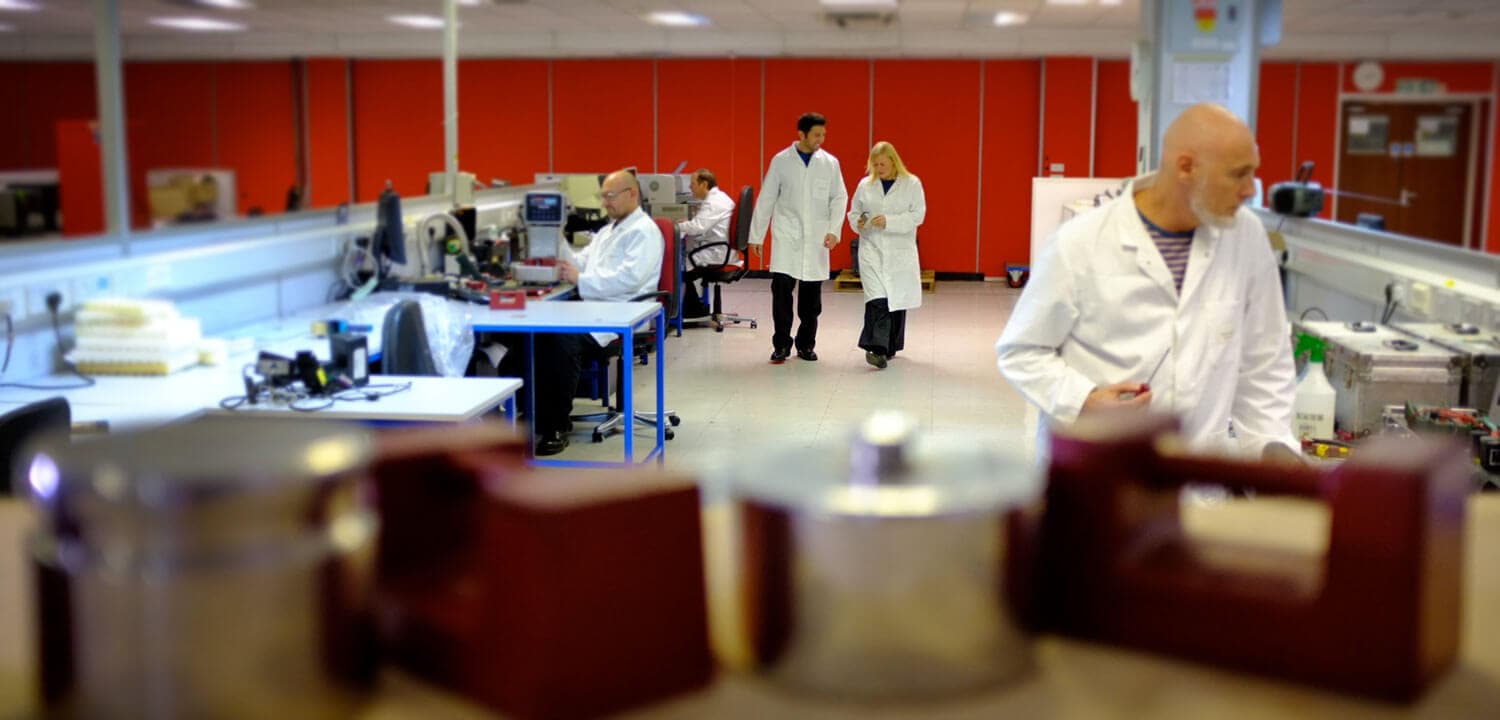How to manage and optimise your metrology equipment calibrations

Over time and through constant use, the accuracy of metrology equipment can start to drift and lead to measurement errors. To avoid this, it’s important to have your equipment calibrated regularly.
But organising calibrations can be a hassle, especially if your processes use multiple pieces of equipment, or downing tools leads to production delays.
Save yourself the headache by reading our top tips on how to manage and optimise your metrology equipment calibration process.
When to calibrate?
Firstly, decide how often your metrology equipment requires calibrating.
As a general rule, calibrations usually take place once every 12 months – although it’s important to remember that other factors such as heavy use or individual project requirements can also affect how often equipment should be calibrated.
Minimise downtime
How long can you afford to have your equipment out of use for?
To avoid having any impact whatsoever on production, arrange calibrations during a factory shut down period.
If that’s not possible, minimise downtime by staggering calibrations over a period of time, taking small groups of equipment out of process until they have all been calibrated.
If time is completely scarce, some calibration providers can offer same-day turnaround services to ensure your equipment will be calibrated and back to you in time for production to begin again the following day.
Trust the experts
Although some businesses perform calibrations internally, often in-house calibration isn’t possible because adequate measurement standards or technical expertise in a given measurement discipline are lacking.
Metrology focussed calibration providers develop high-precision processes and procedures designed to ensure optimum accuracy and are often capable of performing more stringent tests than those done in-house.
Equipment is handled by laboratory technicians highly skilled in metrology calibrations and completely up to date with the latest legislation and guidelines.
Maximise your internal resource
Outsourcing calibrations allows you to improve internal capacity and make better use of your resources by freeing up time to concentrate on other tasks.
It also avoids the high costs involved in purchasing calibration equipment as well as reducing administrative overheads, chain of custody tracking and paperwork.
Stick to a schedule
Time flies! Before you know it, a year has passed and it’s time to calibrate your equipment once again.
If you’re using multiple pieces of metrology equipment in your processes, it can be hard to keep track of all those calibration due dates. Some providers use calibration management software to send automatic reminders which alert you when an item is due for calibration.
You can use it to book and schedule items in for calibration in advance, helping with budgeting for the financial year ahead as there should be no unexpected costs.
The software also stores the details of each piece of metrology equipment, including the associated manuals, certificates and inspection reports – which are all accessible at the touch of a button.
Could your metrology calibration process be improved?
If you’re interested but not sure where to begin, speak to us for some guidance on how to get started.
